CASE STUDYConsider the simplified model of a car suspension shown in Figure 4.44 Example: A model of a car suspension system. The model distributes the vehicle weight over four tires with identical suspensions, so the mass of the vehicle is divided by four. In this model the height of the road will change and drive the tire up, or allow it to drop down. The tire acts as a stiff spring, with little deflection. The upper spring and damper are the vibration isolation units. The damper has been designed to stiffen as the damper is compressed. The given table shows how the damper coefficient varies with the amount of compression. 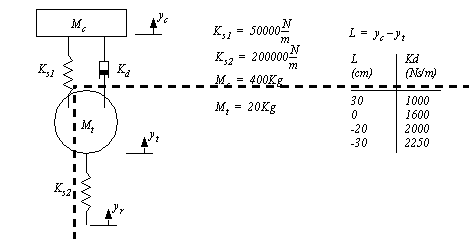
Figure 4.44 Example: A model of a car suspension system For our purposes we will focus only on the translation of the tire, and ignore its rotational motion. The differential equations describing the system are developed in Figure 4.45 Example: Differential and state equations for the car suspension system. 
Figure 4.45 Example: Differential and state equations for the car suspension system The damping force must be converted from a tabular form to equation form. This is done in Figure 4.46 Example: Fitting a spline to the damping values. 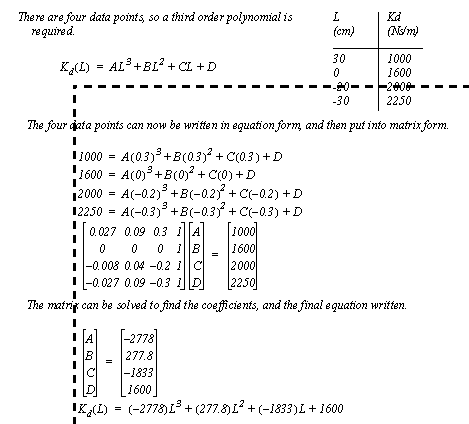
Figure 4.46 Example: Fitting a spline to the damping values The system is to be tested for overall deflection when exposed to obstacles on the road. For the initial conditions we need to find the resting heights for the tire and car body. This can be done by setting the accelerations and velocities to zero, and finding the resulting heights. 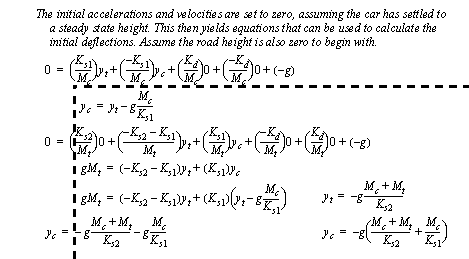
Figure 4.47 Example: Calculation of initial deflections The resulting calculations can then be written in a computer program for analysis, as shown in Figure 4.48 Example: Program for numerical analysis of suspension system. 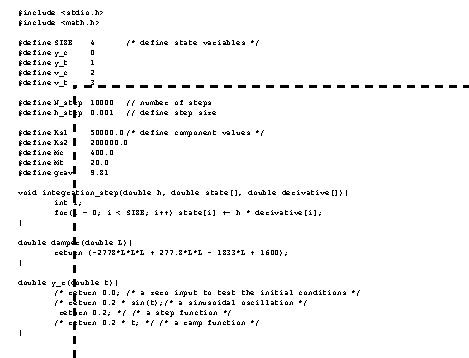
Figure 4.48 Example: Program for numerical analysis of suspension system 
Figure 4.49 Example: Program for numerical analysis of suspension system (continued) This program was then used to test various design cases by selecting input types for changes in the road height, and then calculating how the tire and vehicle heights would change as a result. Some of these results are seen in Figure 4.50 Example: Graphs of simulation results. These results were obtained by running the program, and then graphing the results in a spreadsheet program. The input of zero for the road height was used to test the program. As shown the height of the vehicle changes, indicating that the initial height calculations are correct, and the model is stable. The step function shows some oscillations that settle out to a stable final value. The oscillation is relatively slow, and is fully transmitted to the automobile. The ramp function shows that the car follows the rise of the slope with small transient effects at the start. 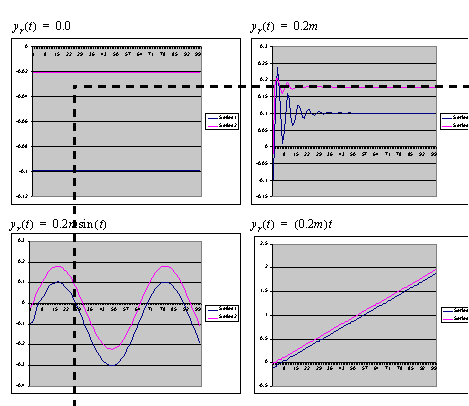
|